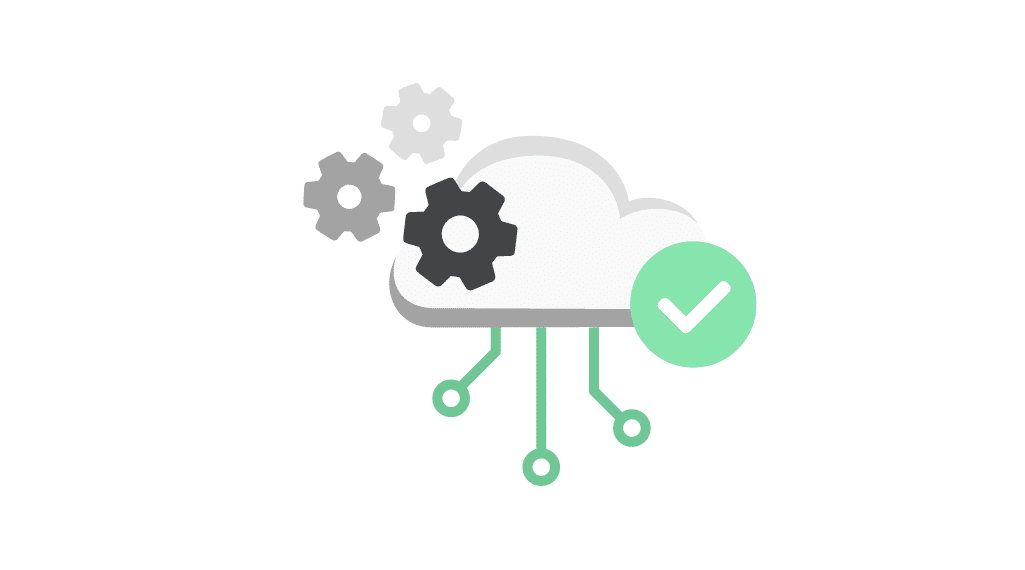Physical Address
304 North Cardinal St.
Dorchester Center, MA 02124
Physical Address
304 North Cardinal St.
Dorchester Center, MA 02124

Serverless computing is transforming web development by eliminating the need for manual server management, allowing developers to focus solely on writing code. Major cloud providers like AWS Lambda, Google Cloud Functions, and Azure Functions are driving this shift, offering scalability, cost efficiency, and faster deployment.
This article explores the benefits, challenges, and real-world applications of serverless architectures in modern web development.
Serverless computing enables developers to deploy applications without managing servers. The cloud provider automatically allocates resources, scales applications, and handles maintenance.
📌 Example: Instead of renting a dedicated server, developers use AWS Lambda to run code on demand, paying only for the execution time used.
✔ Traditional Servers: Require setup, maintenance, and scaling.
✔ Serverless: No infrastructure management; cloud providers handle it automatically.
✔ Pay only for actual execution time instead of maintaining idle servers.
✔ No upfront infrastructure costs; auto-scaling ensures cost-effective usage.
📌 Stat: Companies using serverless architecture reduce infrastructure costs by 60-80% compared to traditional servers.
✔ Serverless functions scale instantly to handle fluctuating traffic.
✔ Built-in redundancy ensures high availability and fault tolerance.
📌 Example: Netflix uses AWS Lambda to process real-time data at scale without downtime.
✔ No need to provision and configure servers.
✔ Developers can write, test, and deploy code faster.
📌 Example: Startups launch MVPs quickly with Firebase Functions instead of setting up backend servers.
✔ Cloud providers manage security patches and updates.
✔ Fine-grained access controls limit exposure to security risks.
📌 Example: Serverless applications are less vulnerable to DDoS attacks since they don’t rely on a single infrastructure point.
✔ Serverless APIs process requests without requiring dedicated backend servers.
✔ Ideal for microservices-based applications.
📌 Example: Uber uses serverless APIs for real-time ride matching and tracking.
✔ Serverless triggers execute functions in response to database updates, file uploads, or user actions.
✔ Great for IoT applications, chatbots, and notification services.
📌 Example: AWS Lambda automatically processes image uploads and resizes them for social media platforms.
✔ Serverless scales automatically during high-traffic sales events.
✔ Ideal for checkout processing, inventory updates, and personalized recommendations.
📌 Example: Shopify leverages serverless computing to handle sudden spikes in orders.
✔ Serverless efficiently processes videos, images, and real-time streaming.
✔ Reduces infrastructure costs for video rendering and analytics.
📌 Example: Twitch uses AWS Lambda to analyze streaming data for personalized recommendations.
✔ AI-powered chatbots run on demand without maintaining dedicated AI servers.
✔ Processes natural language queries in real-time.
📌 Example: Google Assistant uses Firebase Functions for AI-powered responses.
✔ Serverless functions take time to initialize when idle, leading to latency.
✔ Solution: Use provisioned concurrency or keep functions warm.
📌 Example: AWS Lambda cold start delays impact real-time applications like chatbots.
✔ Switching cloud providers is complex due to platform-specific services.
✔ Solution: Use multi-cloud strategies and open-source tools.
📌 Example: A company using AWS Lambda may struggle to migrate to Google Cloud Functions.
✔ Serverless functions have time limits (e.g., AWS Lambda = 15 mins).
✔ Solution: Use long-running tasks via container-based services like AWS Fargate.
📌 Example: Video processing jobs may exceed function time limits.
✔ Logs are distributed across multiple cloud services, making debugging difficult.
✔ Solution: Use centralized logging & monitoring tools.
📌 Example: AWS CloudWatch helps track & debug serverless applications.
| Feature | Serverless | Traditional Servers |
|---|---|---|
| Infrastructure Management | Handled by provider | Developer maintains |
| Scalability | Auto-scales | Manual scaling required |
| Cost | Pay-per-use | Fixed server costs |
| Latency | May have cold starts | Lower latency |
| Security | Managed by cloud provider | Requires manual patching |
| Deployment Speed | Faster | Slower |
🔮 AI-Driven Serverless – AI will optimize function execution to reduce latency.
🔮 Edge Computing Integration – Serverless will move closer to users, reducing delays.
🔮 Hybrid Serverless Architectures – Combining serverless with containers and Kubernetes for more flexibility.
📌 Stat: By 2026, 75% of enterprises will adopt serverless computing for new applications.
Serverless computing is revolutionizing web development by reducing infrastructure costs, increasing scalability, and speeding up deployment. Despite cold starts, vendor lock-in, and debugging challenges, its benefits outweigh the drawbacks for most applications.
🚀 Is your business ready to embrace serverless? The future of web development is here!